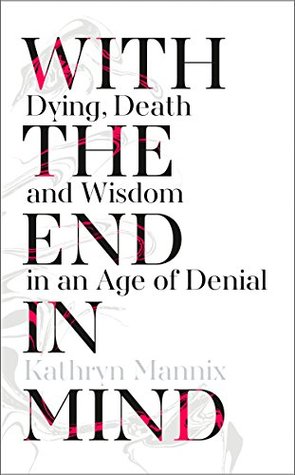More on this book
Community
Kindle Notes & Highlights
Read between
October 21 - October 25, 2024
Bereaved people, even those who have witnessed the apparently peaceful death of a loved one, often need to tell their story repeatedly, and that is an important part of transferring the experience they endured into a memory, instead of reliving it like a parallel reality every time they think about it.
Here, at the edge of her dying, I contemplate the meagre understanding I have of her long and often troubled life, and the intimate knowledge that she has of mine. She is a remarkable woman, yet I hardly know her. She modelled self-reliance and resilience to my mother and her siblings, and to her eight granddaughters and five grandsons. Before she became unable to converse with fluency, she was a confidante of our woes and transgressions, an adviser in anxieties and a source of solace in times of trouble. She knows us inside-out, but she said so little about herself; and we self-absorbed
...more
I had learned the lessons of the vigil, and through the kindness of the natural order – watching a grandparent’s death. Since then there have been other vigils, with the same intensity of active watching and exhausting focus, and with sadness at the untimeliness of deaths before their right time (as though there is a right time), but also with recognition and appreciation of the last lesson I learned at my grandmother’s knee.
This last vigil is a place of accountability, a dawning realisation of the true value of the life that is about to end; a place of watching and listening; a time to contemplate what connects us, and how the approaching separation will change our own lives forever. How intently we serve, who only sit and wait.
‘She could hear that you were all here. She knew it was safe to go. You have all done a fantastic job.’
when they share that burden they often discover, from within themselves, new insights and ideas that help them to cope.
takes a deep, snoring breath, and his breathing becomes deep and fast for a while, then gradually slower and quieter. I point this pattern out to the family. It is called ‘Cheyne-Stokes’ pattern breathing, and it signifies deep unconsciousness. Towards the end of each cycle of fast-to-slow breathing, there are long gaps between Walter’s breaths. I explain that eventually, during this very gentle phase of his breathing cycle, he will simply breathe out, and then not take another breath. No panic, no rush of pain, nothing spectacular. Only a gentle ending of the cycle of breathing.


